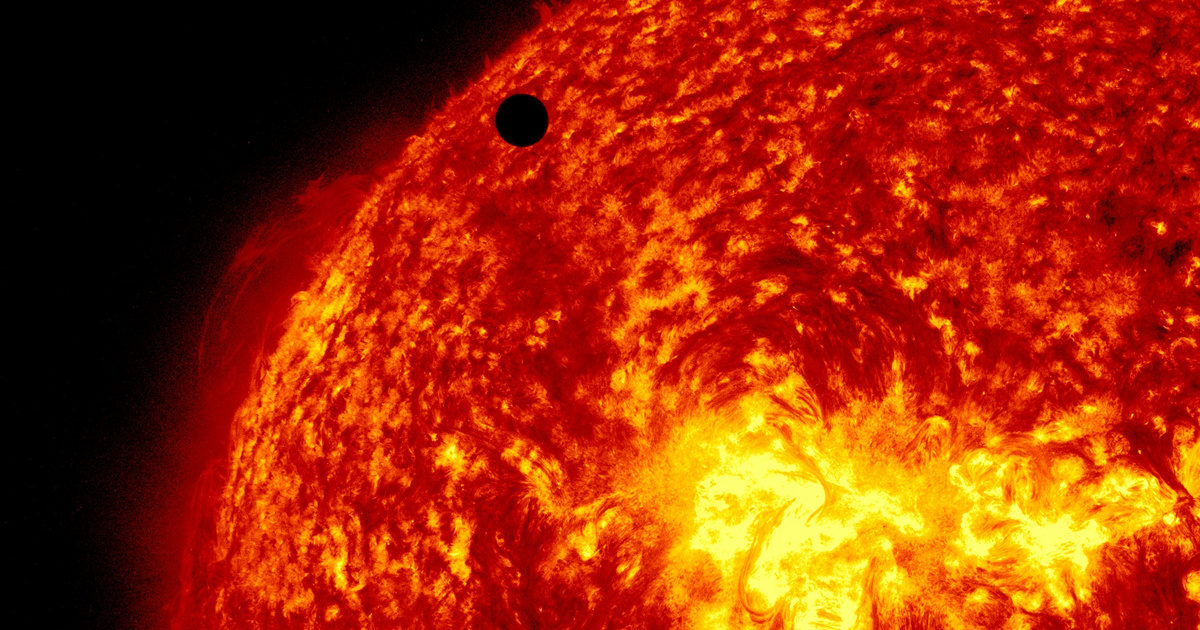An international research group led by Józef Varga, a member of the HUN-REN CSFK Konkoly Thege Miklós Csillagágázati Institute, observed a young star like the Sun at the time of its formation, MTI reported.
Researchers studying the origin of the solar system examined the young star HD 144432, which is 500 light-years away from Earth and is surrounded by a disc-like structure.
The young star's disk has been mapped by the European Southern Observatory's (ESO) VLTI interferometer at the Paranal Observatory in Chile, with the help of several Hungarian researchers. VLTI combines the signals of four giant telescopes into one multi-resolution measurement. For example, they reported that VLTI's accuracy can calculate beetle spots from 40 kilometers away.
The new data revealed unprecedented details about the inner region of the disk, showing that the dust is concentrated in three rings.
This is the first time such a complex ring structure has been observed in the inner region of the circumstellar disk. Compared to the Solar System, HD 144432's smallest ring would be within the orbit of Mercury, the second ring would be the size of the orbit of Mars, and the third ring would be close to the orbit of Jupiter.
They explained in the statement.
These rings are important because, in most cases, planets outside the solar system (exoplanets) are too small and faint to be observed directly, but planets of sufficiently large mass, which once formed in the disk around a young star, open gaps along Its rings. Orbits. Therefore, in the disk of HD 144432, Jupiter-mass planets could be hidden between the rings.
The researchers also examined the physical composition of the dust in the disk. In it, they found chemical elements that are among the most common building blocks of Earth: magnesium, silicon and oxygen. In addition, signs indicating the presence of iron were also found.
The presence of iron in disk dust around young stars has only been suspected until now, but the new study is the first to provide concrete evidence of this.
It's also worth noting that the dust appears to be rich in iron but poor in carbon, which is similar to what we assume when the Earth formed. These results indicate that the chemical composition of Earth and other rocky planets in the solar system is not exceptional, but rather common in our galaxy.
Astronomers noted.














































